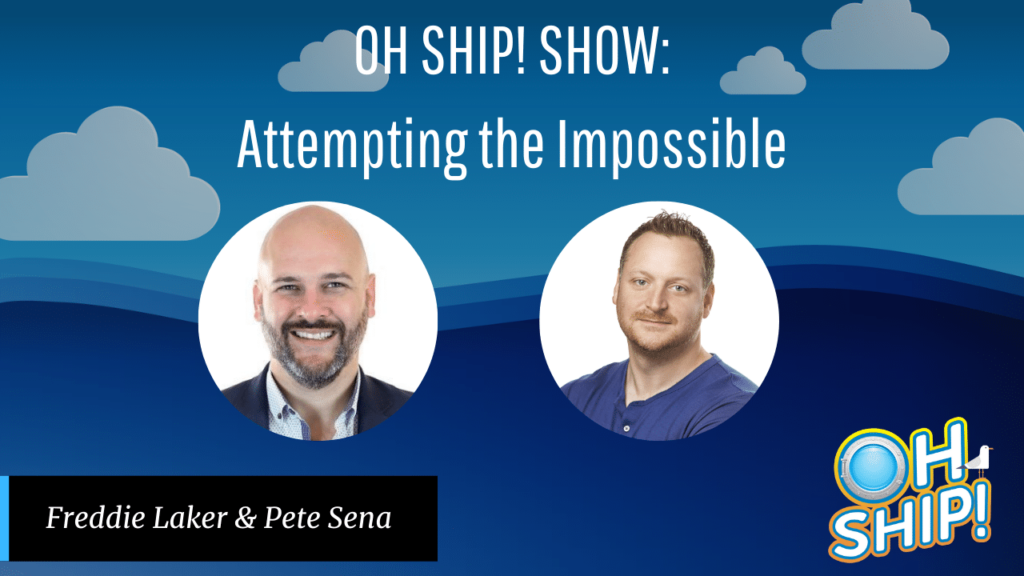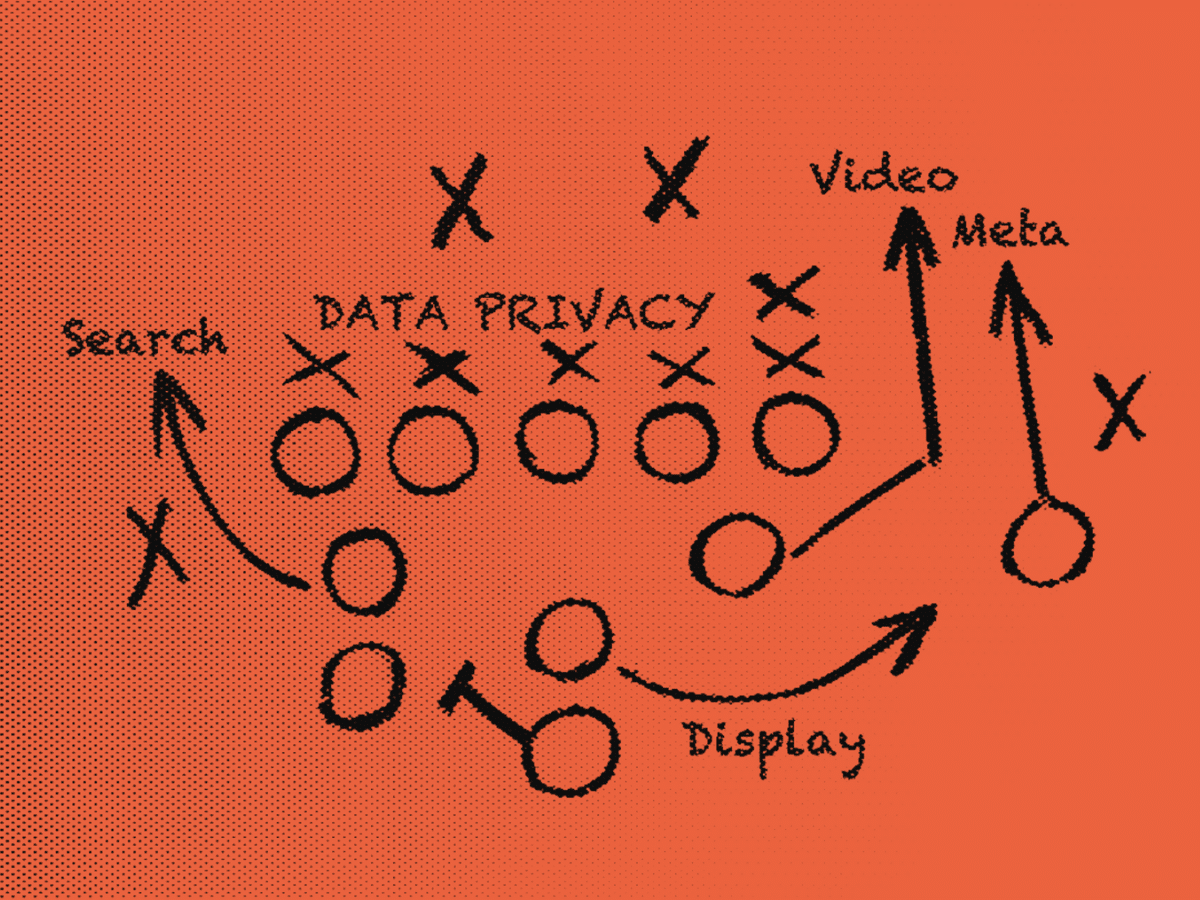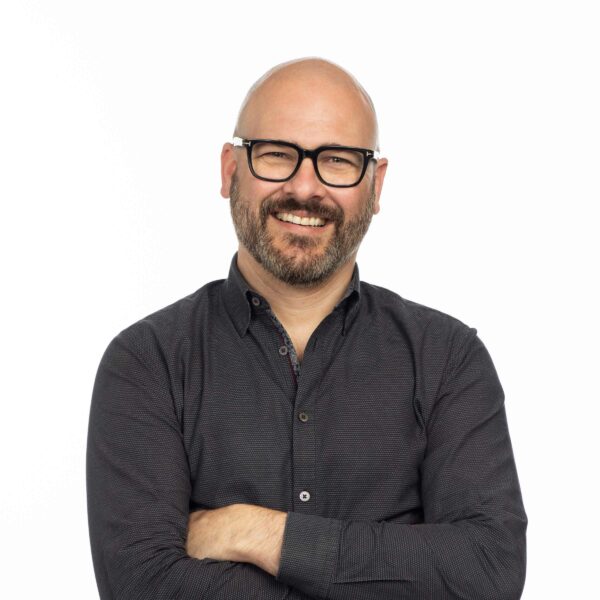Learn how Pete makes the impossible possible every day.
©Tiero via Canva.com
Pete Sena is the founder and chief creative officer of Digital Surgeons, founded in 2004. He’s worked with big companies like Unilever, Lego, and even with celebrities like Lady Gaga. Read on to learn how he achieves the impossible, leveraging frameworks like design thinking to lay the groundwork for his plans.
“When I say I’m a creative entrepreneur, what I basically mean is that I fall in love with problems that help real people, whether it’s a product, an experience, a service,” Pete says.
What personal qualities make him great at achieving impossible goals?
Pete originally thought he’d be a game developer but got into marketing and never looked back. “I just loved the ability to use problem-solving skills, design skills, to really make things for brands,” he says.
He coaches a lot of executives and directors on creative concepts, and he’s an angel investor in a number of businesses. When tackling a new challenge, he asks them this question: “Are you falling in love with the problem, or are you falling in love with the tactic?”
Earlier in his career, as a creative or tech director, he was serving a tactic—focusing on one instrument in the orchestra. Now, he’s become the conductor, blending design and entrepreneurship to develop creative concepts that no one has yet brought to life. Being a creative generalist suits him well. “I like to think of myself as a business Swiss Army knife,” says Pete. “None of the things in there are the best. But when you’re facing peculiar problems, challenges, or Oh Ship! moments… I’m able to sort of tap into that creative generalist mentality because I’ve got a lot of experience in many things.”
“If you want to be the expert in one thing, to go really really really deep—that’s a powerful thing in itself. For me, I want to be the conductor of the orchestra,” he says. Steve Jobs was always a role model for him in that regard.
Pete views himself as a visionary leader who also needs to be pragmatic every day. It’s hard to go from being pragmatic to being visionary, but visionary leaders need to be pragmatic too, he notes.
Is attempting the impossible a sound business strategy?
“We have to first define impossible,” says Pete. “What is impossible—what makes something impossible?” he posits. “What are some of the truths that make something impossible?”
Every day, he approaches things that at first feel impossible. “I’m in the business of unlocking progress and possibility,” he tells his team. In fact, he gets bored when working on things that are too possible.
“In many cases, once I can take that big thing and break it down into smaller things, that’s where I can update my belief systems and the structures of how I think about that.” Sometimes a societal or technological evolution needs to happen first, but often, he just needs to experiment like a scientist.
If the problem is near and dear to you or your market, you’ll find a way to make it work, Pete emphasizes.
What tools or frameworks does he use to achieve the impossible?
Pete leverages the power of design thinking, which follows the scientific method: experimenting, observing, making conclusions, experimenting again. It’s a means of framing, validating, and solving problems that hinges on human-centered design. This begins with empathy for your audience, he says. “Know your audience first and foremost. Understand the way that they see the world. What are they thinking, feeling, and doing?”
A lot of people have called him a futurist. “The pursuit of achieving the impossible ultimately starts with having present-moment awareness of where you’re at and where you’re going in the future.”
His team will play a Back to the Future-inspired design thinking exercise where they explore where they are now and where they want to go. “You go to the future, and you do that stuff, and then you walk it back,” he says. They’ll create mental models outlining the steps needed to get them there, in reverse.
“That sort of present-day future state, and then walking it back, is how I achieve the impossible, and how I help our clients achieve the impossible because everything was impossible before it was possible,” Pete asserts.
Has he ever attempted the impossible, only to have it blow up in his face?
Years ago, Pete’s agency was working with a massive global CBG brand, and a celebrity was going to announce a product launch by being flown into an event in San Francisco on a drone. Everything was ready to go, the press release was embargoed—and then the cops showed up.
“What are you guys doing?” they asked. His event people showed them the permits. But the cops had just gotten a terrorist threat near an airport, so the event was a no-go. “If you fly this drone, we’re gonna arrest you and everyone involved,” the cops said.
But being responsive to change and resilient are core values of theirs. Even though their plan blew up, they figured out a way to spin it—and, best of all, nobody got arrested.
What’s an example of a time achieving the impossible truly worked?
©Pressmaster via Canva.com
Early on, they were often told their ideas were impossible. “People told us it wasn’t possible to launch a tech and innovation campus in the middle of Connecticut. You could only pull that off if you’re a multi-multi-multi gazillionaire with the right connections,” Pete says. “We pulled it off.”
They also pitched creative concepts against many of the biggest agencies in New York and won many accounts. “At least once a week, we’re attempting the impossible,” he says. “I often feel like what is impossible to some people feels completely possible to other people.”
He looks at things other people deem impossible and breaks them down through the first-principles approach made famous by Elon Musk. Playing a design-thinking game called “5 Whys” helps him get started by identifying why people find the problem impossible to solve. A crazy deadline or series of red-tape issues can make something feel impossible, for instance.
They’ve been working with a Fortune 500 company to distribute vaccines. “There’s been a lot of impossibility,” he says. People will say that sales, legal, or a certain executive will never get on board with an idea. “Our solution is to ask why.” His team will repeat their answer and ask “why” again. After three or four “whys,” they’ve usually gotten to the root of the issue.
They realized a couple of people had the power to make the project succeed. “And what we had to basically do is get those people in a digital room and work through it with them,” Pete continues. A lot of people with the power to approve a project just want to feel like part of the process—and like it’s their idea, he emphasizes.
“We bring the same toolkit to every one of our clients. And every single client has a different problem,” Pete says. “Why does that same toolkit matter? Because it’s rooted in human truth.”
Is it more important for something to be perfect or done?
Progress always wins over perfection, Pete says. “If you’re proud of the first thing you launched, you waited too long,” he asserts, paraphrasing Reid Hoffman.
However, MVP is a defunct concept, he says. It should really be minimum valuable project. “You get one chance to make a first impression,” he emphasizes.
His parting advice: “Have strong opinions, but keep them loosely held.” Learning and unlearning are equally important, and you may need to unlearn some belief systems to learn new ones. “Oftentimes, the thing that made you become Blockbuster is the thing that will also make you become Blockbuster,” he says.
“Your mindset and your actions will dictate your success and your failures,” he adds. When others fear it can’t be done, keep going.
If you’re facing an impossible task, tweet Pete (@PeteSena) for free public consulting!Did you find Pete’s advice as valuable as we did? Like and subscribe for more great content!








